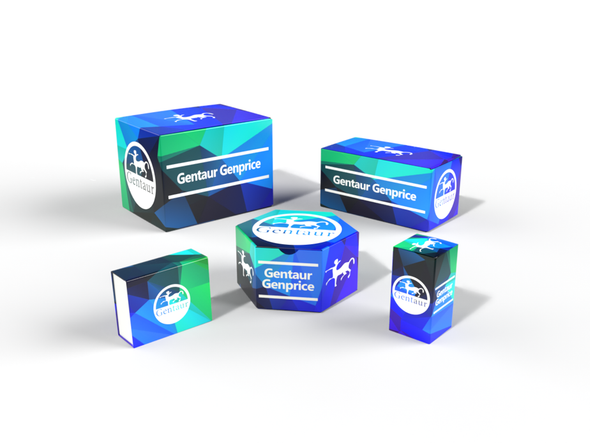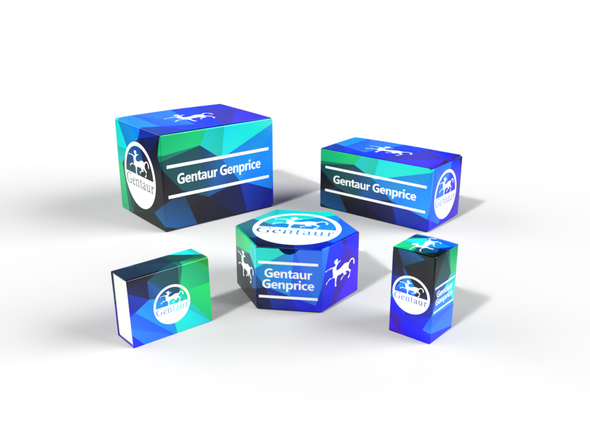552
Goat Anti-CML (Carboxymethyl-lysine) Neat Antiserum | ABMC-S20
- SKU:
- 552-S20-GEN
- Availability:
- IN STOCK
Description
Goat Anti-CML (Carboxymethyl-lysine) Neat Antiserum |S20
| Host Species: | Goat |
| Antigen: | CML-KLH |
| Specificity | Specifically binds to CML modified proteins. Dilution for immunoblot and ELISA range: 1,000 to 80,000. |
| Use: | The antibody can be used for detection of the existence of carboxymethylated lysine (CML) in plasma and other proteins, using immunoassay or immunoblot. |
| Storage: | Freeze-dried product should be stored refrigerated until opened. After opening, restore to suggested ml volume with distilled water. If it is not completely clear after standing for 1-2 hours at room temperature, centrifuge the product. It is stable for several weeks at 4°C as an undiluted liquid. Do not use for more than one day after dilution. For extended storage after reconstitution, we suggest aliquot to avoid repeated freezing and thawing; or the addition of an equal volume of glycerol to make a final glycerol concentration of 50%, followed by storage at -20°C. The concentration of protein and buffer salts will decrease to one-half of the original after the addition of glycerol. |
*These products are for research or manufacturing use only, not for use in human therapeutic or diagnostic applications.
IMPORTANCE
The initial step in AGE formation is the nonenzymatic attachment of sugar aldehydes or ketones to the side chains of lysine, arginine, and possibly histidine (Vlassara et al., 1994). The lysine ε-amino-derived glycation product, or Schiff base, rearranges to form a more stable amino ketone intermediate known as the Amadori product. The presence of the Amadori product (Nagai et al., 1997), indicative of active glycation, can be demonstrated by its reduction to a stable epimeric mixture of 1-glycitol-lysine and 1-mannitol-lysine, known collectively as hexitol-lysine (HL).
Immunocytochemical and biochemical studies have suggested that one particular AGE, Nε-(Carboxymethyl)lysine (CML) is the major AGE that accumulates in vivo. Elevated serum levels of CML are detected in patients with diabetes mellitus (Schleicher et al., 1997) and CML is increased in the vascular tissues of diabetic rodents and humans (Meng et al., 1998).






